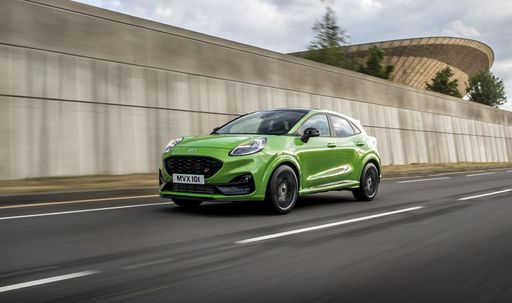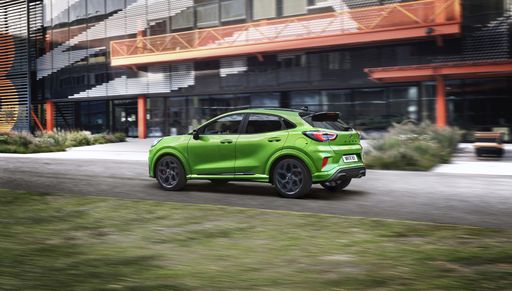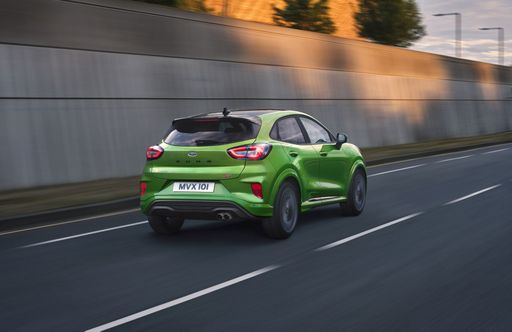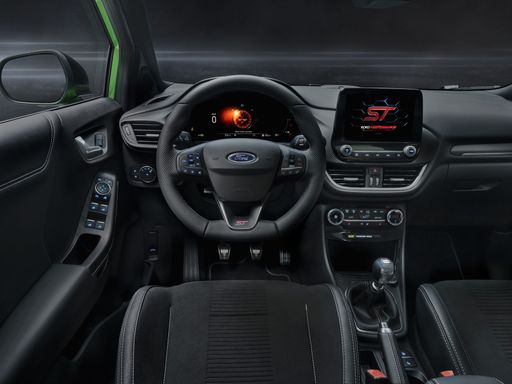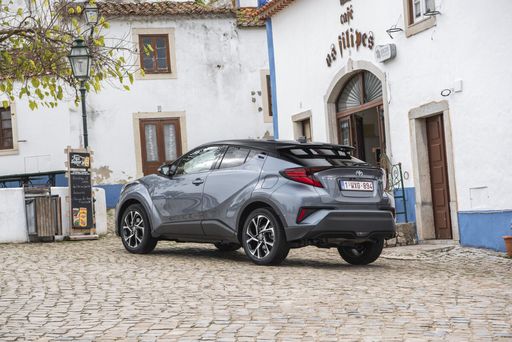The Battle of Compact SUVs: Ford Puma vs Toyota C-HR
The automotive industry is buzzing with compact SUVs that offer a blend of urban functionality and the adventurous spirit of larger SUVs. Two models stand out in this segment: the Ford Puma and the Toyota C-HR. While both vehicles fall under the SUV category, they appeal to different types of drivers with their technical specifications and design choices.


